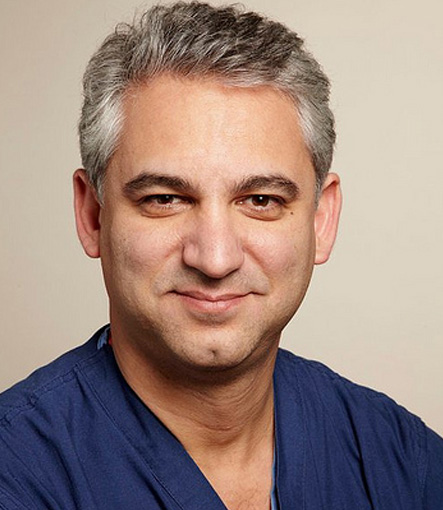Laser Therapy (Surgery) For Treating Benign Prostatic Hyperplasia (BPH)
Prostate laser surgery is used to relieve moderate to severe urinary symptoms caused by an enlarged prostate, a condition known as benign prostatic hyperplasia (BPH). With laser therapy, a high-energy laser is used to destroy or remove overgrown prostate tissue. Laser therapy generally relieves symptoms of BPH right away and has a lower risk of side effects than with non-laser surgery.
The Laser Therapy Procedure For Treating Benign Prostatic Hyperplasia (BPH)
During laser therapy, your doctor inserts a scope through the tip of your penis into the tube that carries urine from your bladder (urethra). The urethra is surrounded by the prostate. A laser is passed through the scope. The laser delivers energy that is used to shrink or to remove the excess tissue that is blocking the urethra and preventing urine flow. All forms of laser therapy use concentrated light to generate precise and intense heat. Laser therapy removes excess prostate tissue using one of two methods, Ablation and Enucleation.
Types
An ablative procedure is used to vaporize obstructing prostate tissue to increase urine flow, while an enucleative procedure is used to cut away excess prostate tissue. The different types of laser therapy include:
Photoselective Vaporization Of The Prostate (PVP)
A laser is used to melt away (vaporize) excess prostate tissue to enlarge the urinary channel.
Holmium Laser Ablation Of The Prostate (HoLAP)
This is a similar procedure to PVP, except that a different type of laser is used to melt away (vaporize) the excess prostate tissue.
Holmium Laser Enucleation Of The Prostate (HoLEP)
The laser is used to cut and remove the excess tissue that is blocking the urethra. Another instrument, called a morcellator, is then used to chop the prostate tissue into small pieces that are easily removed.
The type of laser therapy that will be performed will depend on a number of factors. Some of these variables are the size of your prostate, your overall health, and the type of laser equipment available for treatment.
Advantages of Laser Therapy
Laser therapy has a number of potential advantages over other methods for treating BPH, such as transurethral resection of the prostate (TURP) and open prostatectomy. These advantages include:
Lower Risk Of Bleeding
Because there is a low risk of bleeding with laser surgery, it can be a good option for men who take medication to thin their blood or who have a bleeding disorder that doesn’t allow their blood to clot normally.
Shorter Or No Hospital Stay
Laser surgery can be done on an outpatient basis or with just an overnight hospital stay.
Quicker Recovery Time
Recovery from laser surgery generally takes less time than recovery from TURP or open surgery.
Quicker Results
Improvements in urinary symptoms following laser therapy are noticeable right away, while it can take several weeks or even months to see any noticeable improvement with medications.
Risks
As with any medical procedure there is some inherent risk that comes with laser therapy. However, serious long-term complications are less likely with laser therapy than with some traditional surgical methods. Risks of laser therapy include:
- Urinary Tract infection
- Narrowing (stricture) of the urethra
- Dry orgasm (retrograde ejaculation)
- Erectile dysfunction
- Temporary difficulty urinating
- Possible need for retreatment
In most men laser therapy can significantly improve their urinary flow. In many cases, their results can be long lasting without the further need for treatment. In some instances, especially with ablation techniques, laser therapy fails to effectively remove all of the excess prostate tissue blocking urine flow. This is why it’s important to go over all of your options thoroughly with your doctor before making a decision on treatment.






